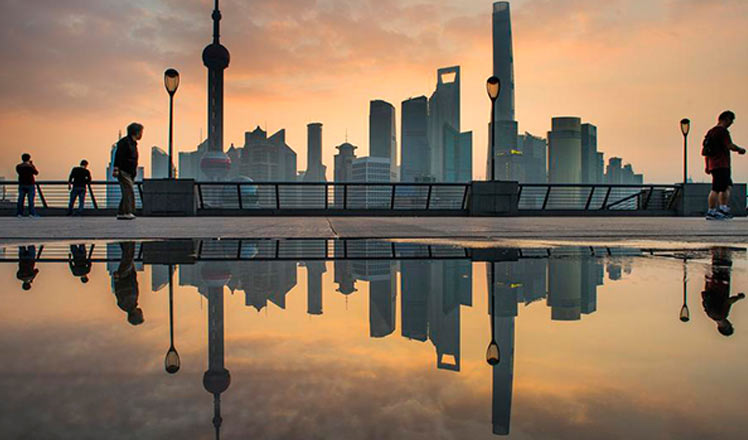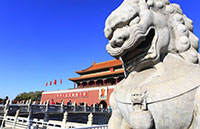County eyes prosperity through tourism
Updated: 2016-06-16 07:50
By Zhao Huanxin In Huichang, Jiangxi Province(China Daily)
|
||||||||
 |
|
A stone archway stands in Yangjiao Water Castle.[Photo By Zhao Xiao/China Daily] |
Hakka is the Cantonese pronunciation of the Mandarin word kejia, which literally means "guest people" - fittingly, a census conducted in 1990 found that the occupants of Junmengling were descendants of settlers from at least 11 provinces throughout China.
Legend has it that a foreign letter sent to the town during the War of Resistance against Japanese Aggression (1937-45) needed only to be addressed to "China Junmenling" because it was so well known for its salt and rice ventures with overseas business links.
Today, Junmenling is better known among tourists for its historic castle and the scenic Hanxianyan area.
Construction of Yangjiao Water Castle, at the headwaters of the Gong River, began in 1465 and work on a 10-meter-high wall encircling the castle started in 1543. Upon its completion, nearly 1,000 farming households were relocated to live within the walls, ready to defend the castle during times of unrest.
It is said that all the dwellers in the castle had the same family name - Zhou, and there are still people living in it today.
Zeng Lingzhen, director of the Huichang Tourism Bureau, said the government had spent millions of yuan to repair and restore parts of the castle, so that more travelers can experience life within its walls.
A short walk away is the Hanxianyan scenic area, where wooded mountains act as a kind of open-air museum for ancient carvings and calligraphic inscriptions, made on the cliffs by monks, officials and men of letters from days long past.
One inscription reading bi li wan ren, or "precipice rising steeply like a tall wall", was engraved in the rock six meters off the ground - each character standing 2.3 meters high.
- Planned Obama, Dalai Lama meeting protested
- Gravitational waves detected for second time: scientists
- 48-hour 'silence regime' starts in Syria's Aleppo
- UN Security Council adopts resolution on Libya arms embargo
- US extradites top drug lord 'El Guero Palma' to Mexico
- Houston firm joins China clean energy project

 Floods cause havoc across south, central China
Floods cause havoc across south, central China
 Top 10 Chinese cities with highest housing rent
Top 10 Chinese cities with highest housing rent
 Polish art rediscovers its roots
Polish art rediscovers its roots
 'Zen harvest' in Shaolin Temple
'Zen harvest' in Shaolin Temple
 Handsome salary of helicopter pilot lures college applicants
Handsome salary of helicopter pilot lures college applicants
 Rio Olympics unveils medals
Rio Olympics unveils medals
 New photos capture life in China
New photos capture life in China
 Fair ladies at Royal Ascot
Fair ladies at Royal Ascot
Most Viewed
Editor's Picks

|

|

|

|

|

|
Today's Top News
Abe's blame game reveals his policies failing to get results
Ending wildlife trafficking must be policy priority in Asia
Effects of supply-side reform take time to be seen
Chinese State Councilor Yang Jiechi to meet Kerry
Chinese stocks surge on back of MSCI rumors
Liang avoids jail in shooting death
China's finance minister addresses ratings downgrade
Duke alumni visit Chinese Embassy
US Weekly

|

|







